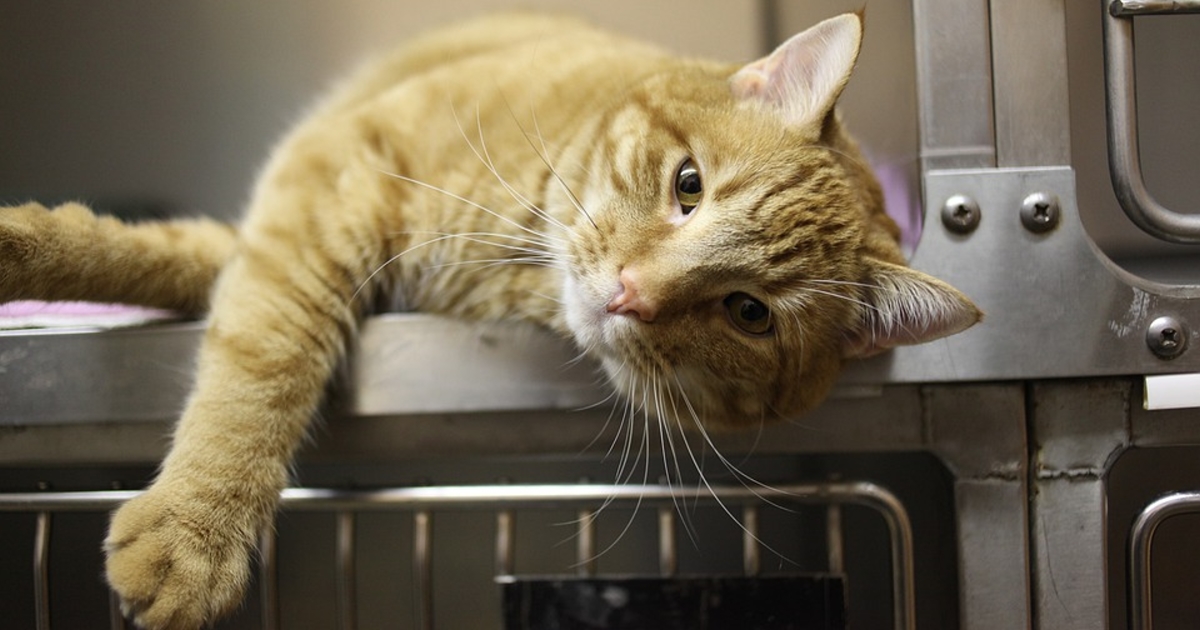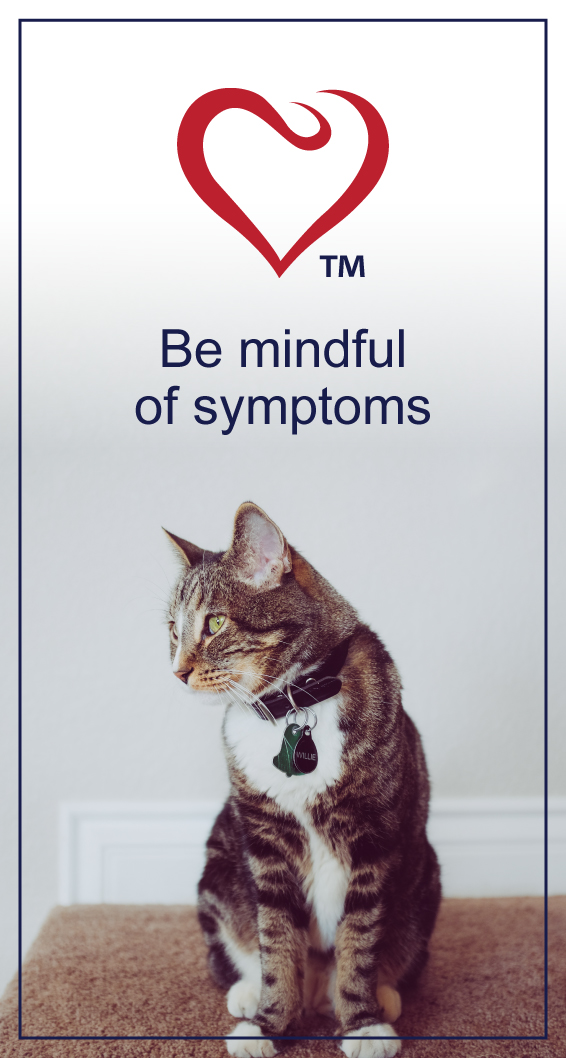HEALTH & WELLNESS

TRENDING

We’re excited and honoured to feature South Africa’s second largest independent animal welfare organisation on PetlifeSA.
Feline Babesia (Biliary) and Feline Infectious Anaemia (FIA)

Anaemia
A decrease in the number of red blood cells results in anaemia. It can develop from destruction, loss or lack of production of red blood cells. Your veterinarian will perform a blood test to assess the severity of the anaemia and to check for red blood cell parasites.
Blood parasites are organisms that live in the blood of their animal hosts. These parasites can range from single-celled protozoa to more complex bacteria. The method of transmission varies depending on the parasite, but often they are transmitted through the bites of ticks or fleas.
Feline Babesia (Biliary)
Feline babesia is caused by Babesia felis, which is a small Babesia parasite. Fleas are part of the mycoplasma life cycle and ticks are part of the babesia life cycle. External parasite control is essential to prevent these diseases and is especially important in the immunosuppressed patient (i.e. cats with FIV or FeLV).
Common clinical signs
Signs include anorexia, lethargy, weight loss, and anaemia. Less common signs can include jaundice, vomiting and respiratory difficulties. The disease can be protracted and often clinically silent until fairly far advanced.
Antibabesial therapy
An anti-malarial drug, primaquine phosphate, has had encouraging results as treatment for feline babesia. Transfusions are indicated in cases that have a life-threatening anaemia.
Disease Prevention
Routinely spraying and shampooing pets, using tick collars, or spot-on preparations, and maintaining and spraying of the habitat are advisable for the control of the vector tick.
Ask your veterinarian for the most appropriate product for your pet.
Feline infectious anaemia (FIA)
Feline infectious anaemia (FIA) refers to a disease caused by a group of specialised bacteria (called mycoplasmas) that infect red blood cells. The bacterial parasite attaches itself to the surface of the cat’s red blood cells. The infected blood cells may break down, or they may be treated as ‘foreign’ by the cat’s immune system and be destroyed. Anemia occurs if enough red blood cells are infected and destroyed.
Clinical signs of anaemia
Signs of anaemia include lethargy, fatigue and loss of appetite. The mucous membranes, in the lining of the eyes and the gums, will be pale to white. The cat may tire quickly, be weak and may lose weight. Additional signs may include fever, an enlarged spleen or lymph nodes, and increased heart and breathing rates.
Treatment
Antibiotics are used to treat parasitic infections. Corticosteroids may sometimes be used along with antibiotics to suppress any immune-mediated destruction of red blood cells. In cats with severe anaemia, blood transfusions may be required.
Prevention
The methods of transmission are not fully understood, so it is hard to advise on prevention of infection. However, some risk factors for infection are known, so it is advisable to prevent flea infestation on the animal by using flea and tick products, shampoos and sprays. Maintain the environment to discourage ticks and fleas. Cut grass and weeds routinely and wash bedding regularly.
Ask your veterinarian to assist you in choosing the best option for your pet from a wide range of products.
Related Articles













